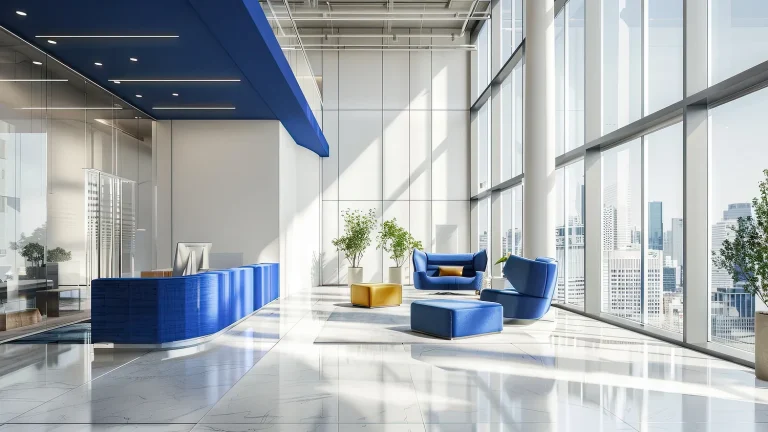Creating spaces that evoke joy is not just about aesthetics; it’s about understanding the profound impact that our environments have on our well-being. Research has shown time and again that the places we inhabit shape our emotions, behaviours, and even our productivity levels. As someone who’s passionate about design, I firmly believe that prioritising joy in our design process is not just a luxury but a necessity.
One crucial element in designing for joy is harnessing the power of natural light. There’s something inherently uplifting about basking in sunlight that artificial lighting simply can’t replicate. Spaces flooded with natural light not only feel more spacious and inviting but also have a tangible effect on our mood. When we’re exposed to sunlight, our bodies produce vitamin D, which has been linked to improved mood and overall well-being. So, it’s no wonder that incorporating ample windows and skylights into our designs can make a world of difference in creating joyful spaces.
Movement is another key factor in fostering joy in our environments. We’re not meant to sit still for hours on end, yet many traditional workspaces confine us to desks for the majority of the day. By integrating opportunities for movement into our designs—whether through standing desks, walking paths, or even playful exercise areas—we can encourage physical activity and combat the lethargy that often accompanies sedentary lifestyles. When we move our bodies, we release endorphins, which are natural mood lifters, leading to greater energy and happiness throughout the day.
Collaboration is essential for innovation and creativity, yet many environments are designed in ways that hinder rather than facilitate collaboration. Creating spaces that encourage interaction, and teamwork is crucial for fostering a sense of community and shared purpose. From open-plan offices to flexible seating arrangements, there are countless design strategies that can promote collaboration and social connection. When people feel connected to their colleagues and empowered to share ideas freely, they’re more likely to experience joy in their work and achieve greater levels of success.
Bringing elements of nature indoors can also have a profound impact on our well-being. Whether it’s incorporating plants, natural materials, or biophilic design principles, reconnecting with nature in our built environments can reduce stress, improve concentration, and enhance overall happiness. There’s something inherently calming and rejuvenating about being surrounded by greenery and organic textures, reminding us of our connection to the natural world. By blurring the boundaries between indoor and outdoor spaces, we can create environments that inspire wonder and delight.
Finally, injecting a sense of playfulness into our designs can spark joy in unexpected ways. Whether it’s through whimsical artwork, interactive installations, or quirky furniture pieces, incorporating elements of play can make our environments more engaging and memorable. Play is not just for children—it’s a fundamental aspect of human nature that fosters creativity, reduces stress, and cultivates a sense of wonder. By infusing our designs with elements of playfulness, we can create spaces that inspire joy and make every day experiences more enjoyable.
In conclusion, designing for joy is not a frivolous pursuit—it’s a fundamental aspect of creating environments that enhance our well-being and quality of life. By prioritising natural light, movement, collaboration, nature, and playfulness in our designs, we can create spaces that uplift the human spirit and bring joy to all who inhabit them. As designers, we have the power to shape the world around us and create environments that nurture happiness and fulfillment. Let’s embrace this responsibility and design spaces that bring joy to people’s lives.



